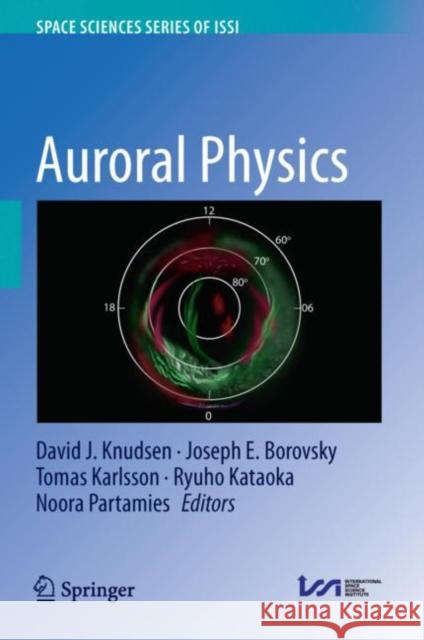Auroral Physics » książka
topmenu
Auroral Physics
ISBN-13: 9789402421217 / Angielski / Twarda / 2021 / 400 str.
Auroral Physics
ISBN-13: 9789402421217 / Angielski / Twarda / 2021 / 400 str.
cena 564,88
(netto: 537,98 VAT: 5%)
Najniższa cena z 30 dni: 539,74
(netto: 537,98 VAT: 5%)
Najniższa cena z 30 dni: 539,74
Termin realizacji zamówienia:
ok. 22 dni roboczych
Bez gwarancji dostawy przed świętami
ok. 22 dni roboczych
Bez gwarancji dostawy przed świętami
Darmowa dostawa!
Kategorie BISAC:
Wydawca:
Springer
Seria wydawnicza:
Język:
Angielski
ISBN-13:
9789402421217
Rok wydania:
2021
Wydanie:
2021
Numer serii:
000908486
Ilość stron:
400
Waga:
0.68 kg
Wymiary:
23.88 x 20.57 x 2.29
Oprawa:
Twarda
Wolumenów:
01











